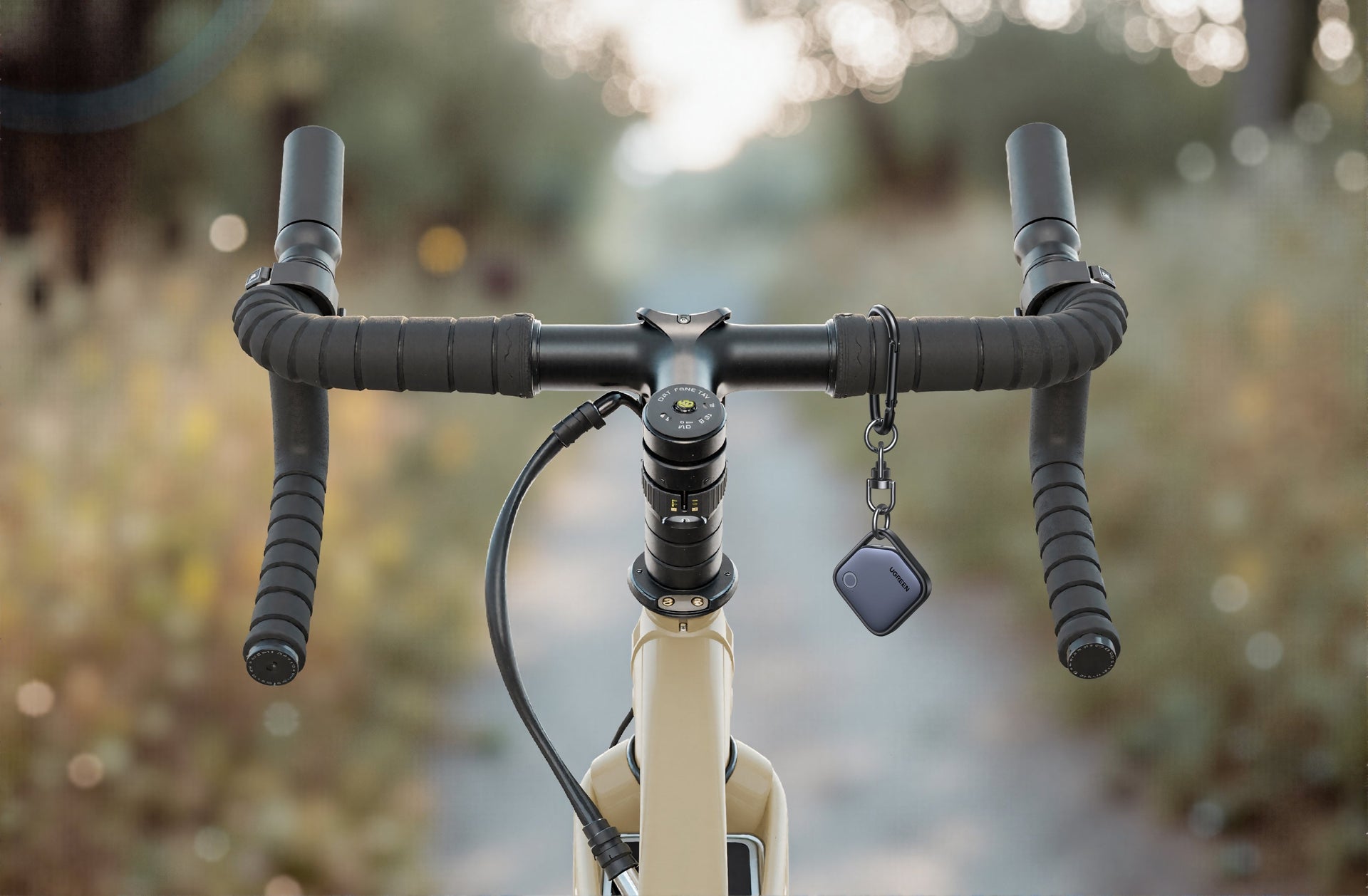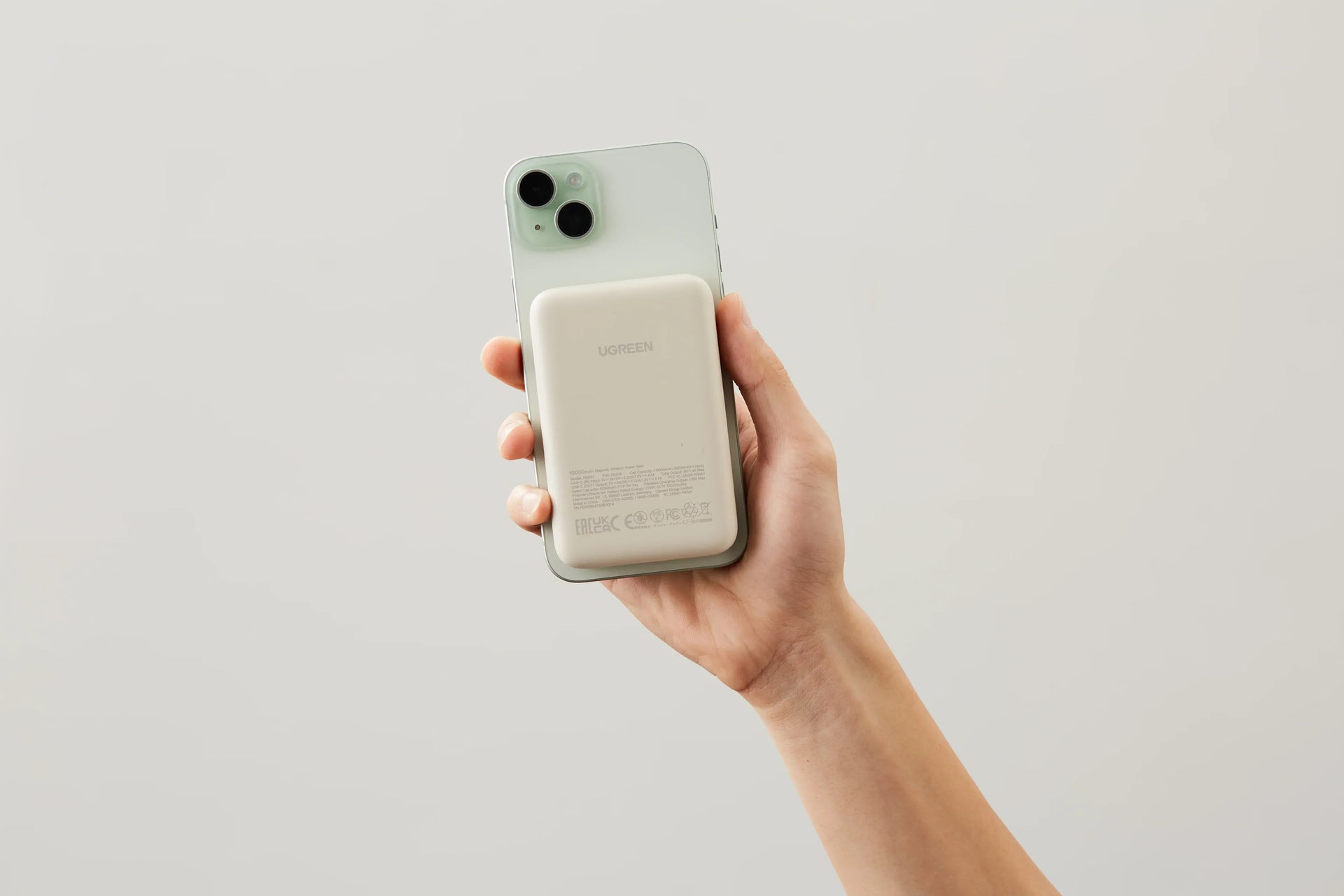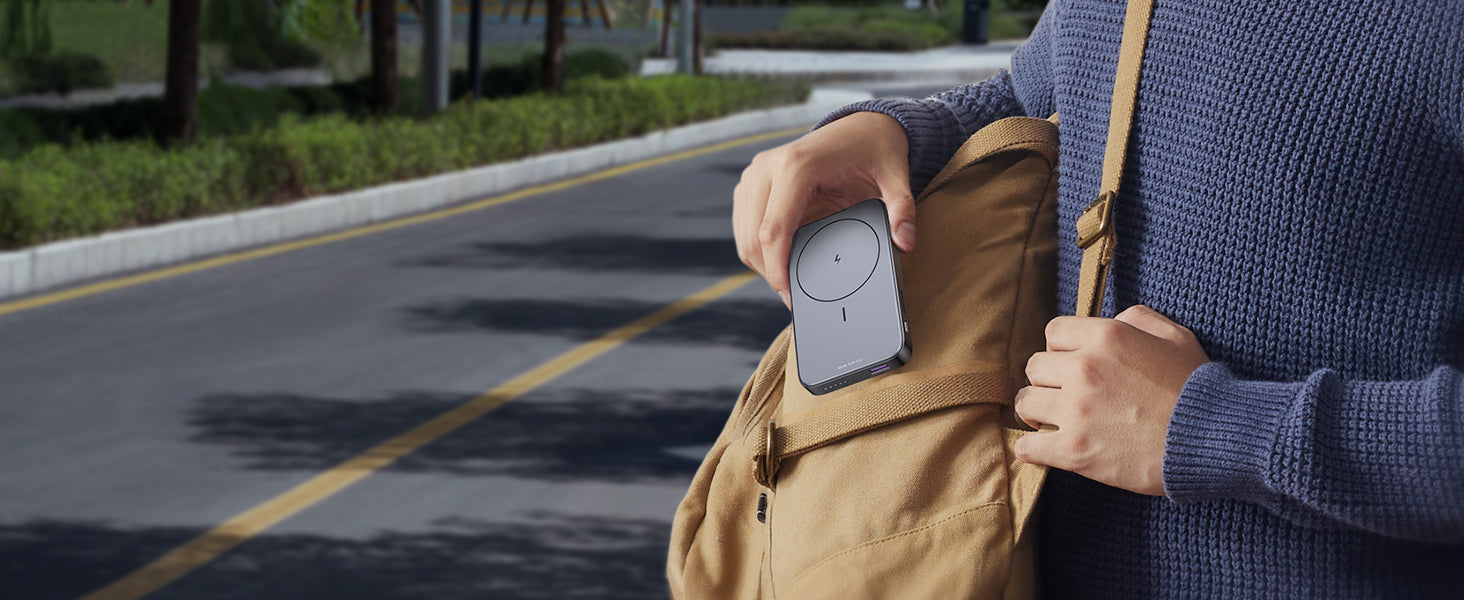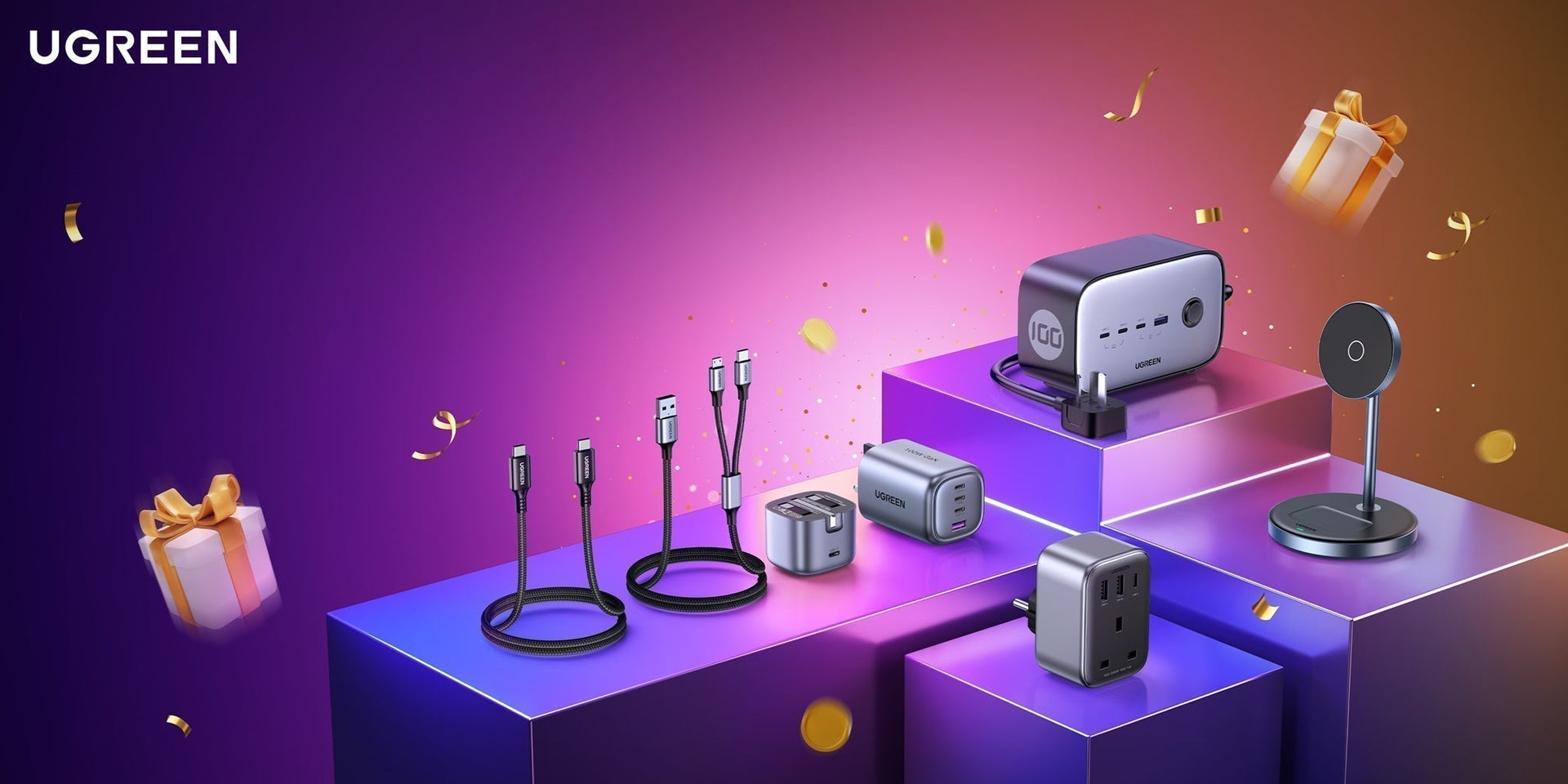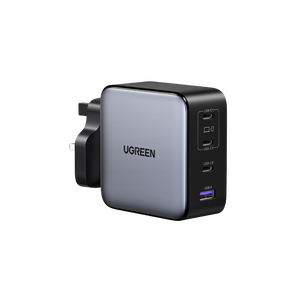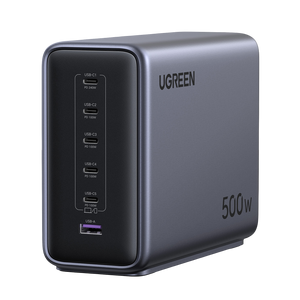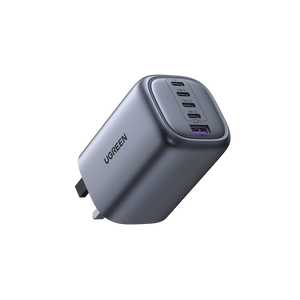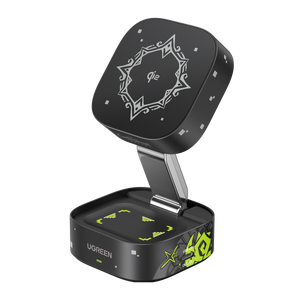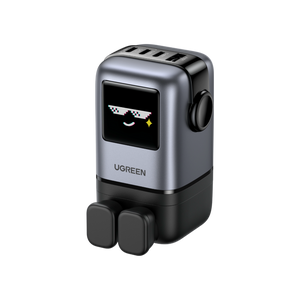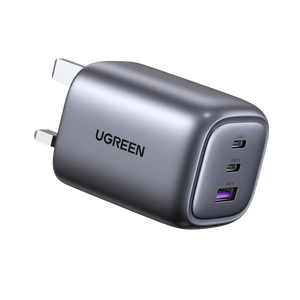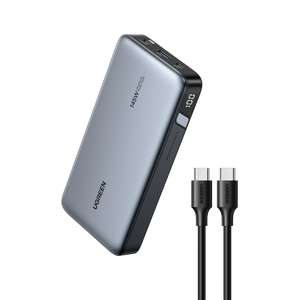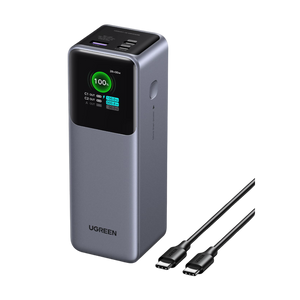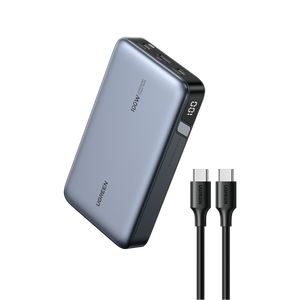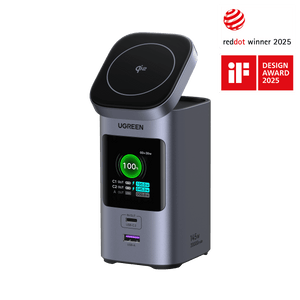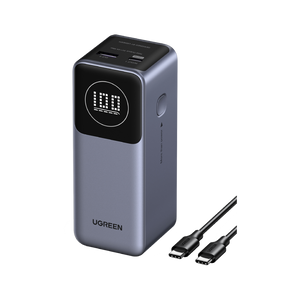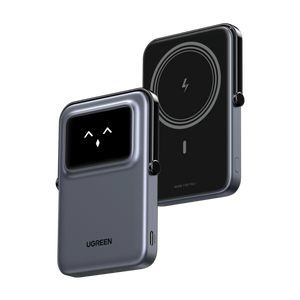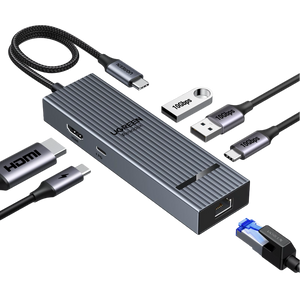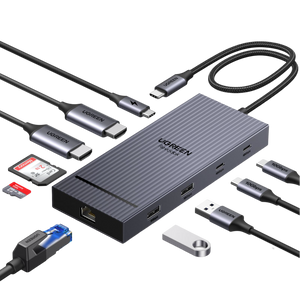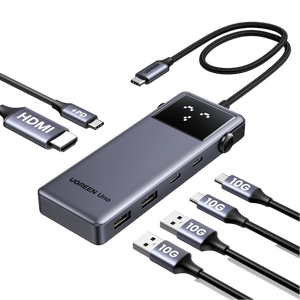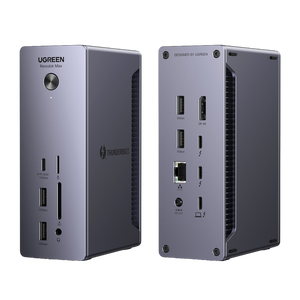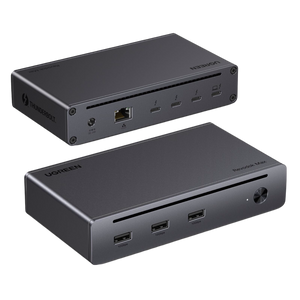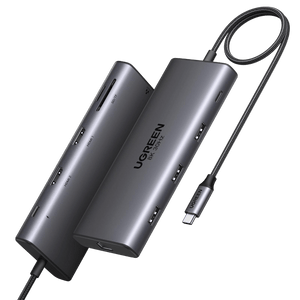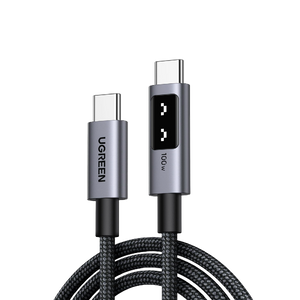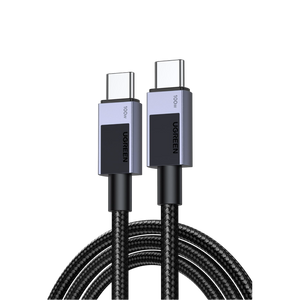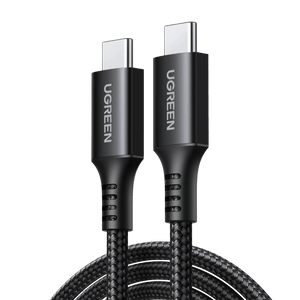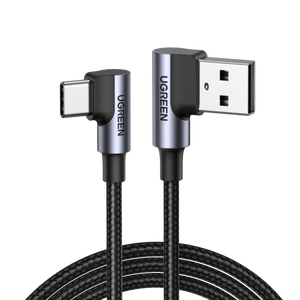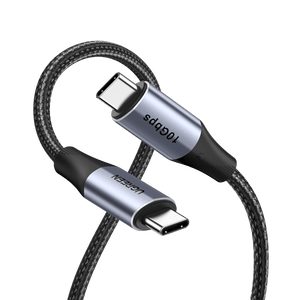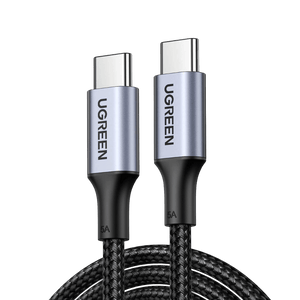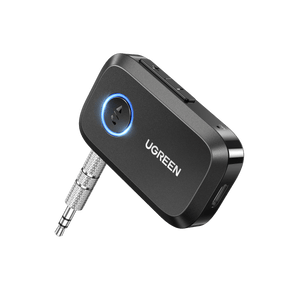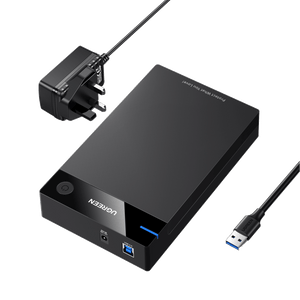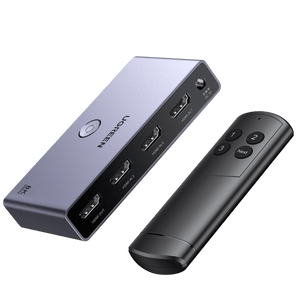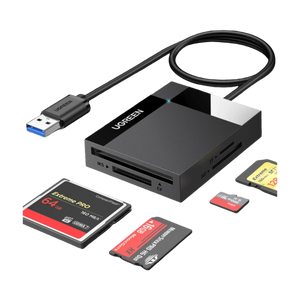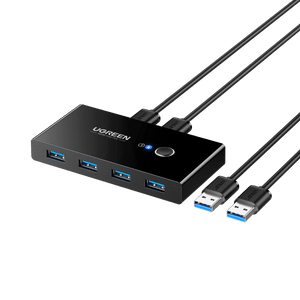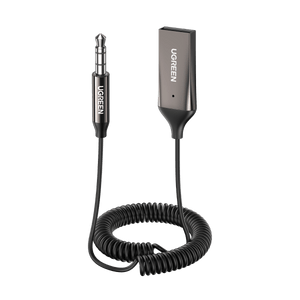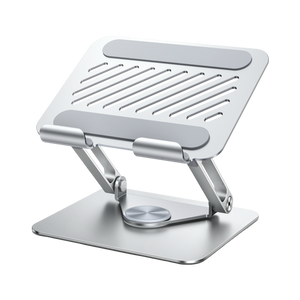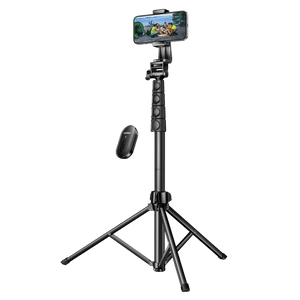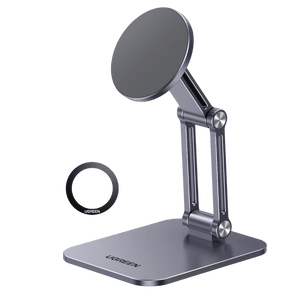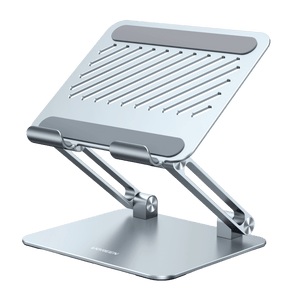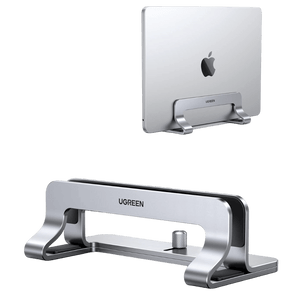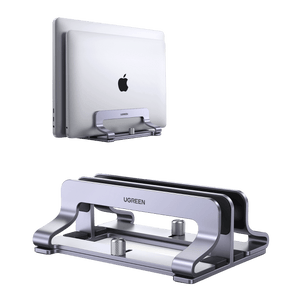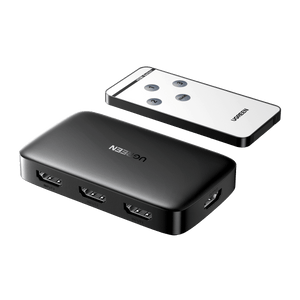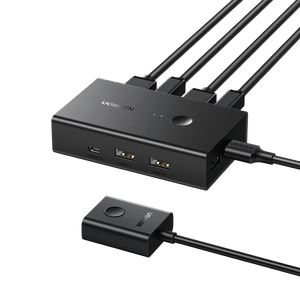How to Charge a Power Bank? Complete Guide
Charging a power bank sounds easy, right? All you need to do is plug it in, walk away, and you’re done. If only it were that simple. Unless you know how to charge power bank devices properly, you will either spend much more time charging until the battery is full or shorten its life.
Human beings tend to repeat their mistakes. For example, have you ever tried to charge your power bank using your laptop and wondered why it feels like watching paint dry? The reason is that the computer USB ports provide power at a snail’s pace. Or using poor-quality cables that limit the flow of power. And there is plugging into the wrong outlet and missing out on fast-charging speeds.
While all of these mistakes won’t cause your device to explode (luckily), they will test your patience. This guide shows you the small fixes that will make your power bank charge faster, last longer, and stay safe.

Why Proper Power Bank Charging Matters
- Charging Efficiency: Charging a power bank effectively and safely is more than just filling it with energy; using a computer USB port can take much longer for large banks.
- Battery Health: Protect the lithium-ion cells from heat, overcharging, and low-quality adapters to avoid capacity deterioration.
- Safety Concerns: Deep discharges and overheating can trigger protection circuits or cause irreversible damage, so proper charging is essential.
Step-by-step: How To Safely and Efficiently Charge a Power Bank
Step 1: Find the Charging Port and Understand the Input Specs.
Check the Input Label: Each power bank has an “Input” label, which many people often overlook. This line informs you what the actual charge rate of the device is. The same reading of 5 V=2 A would be equal to a maximum of 10 watts. It will only draw 10W even when you have it connected to a 65W fast charger, so don’t look for miracles.
Voltage Negotiation Matters: Conversely, when the label indicates 5V=3A / 9V=2A / 12V=1.5A (18W Max), the power bank can negotiate higher voltages. It will pull 15W with a normal 5V standard adapter, but when it is plugged into a charger that accepts 9V or 12V, it is able to release the full 18W. Those current values (3A, 2A, 1.5A) are simply limits built in at various voltage levels and are not interchangeable.
Choose the Right Port: In the case of a model with several input ports, the port type does matter. USB-C tends to be the fastest because it typically supports new fast-charging standards such as Power Delivery (PD). Micro-USB and Lightning inputs, on the contrary, are nearly always restricted to simple 5 V charging. And that is where most individuals make their mistakes, by plugging into the USB-A port of a laptop. These ports usually only supply 0.5 to 1 amp, leading to slow charging.
Step 2: Choose the Right Charger Based on Input Specs
Match the Charger to Your Power Bank: Once you know the power bank’s maximum input, choose a charger that matches. An 18W Max bank with an 18W USB-C PD charger is ideal. Use a 45W+ PD charger for larger units. The trick is to match, not overpower.
Beware of Non-Certified Chargers: Many worry that using a more powerful charger may harm the bank, but smart negotiation protocols prevent overdraw. The real risk comes from cheap, non-certified chargers that can generate heat, reduce efficiency, and shorten battery life.
Use Certified Fast Chargers: Always opt for certified chargers supporting PD, QC, or PPS for fast and safe charging. Avoid cheap chargers—they are slower and potentially hazardous to your power bank.

Step 3: Use the Right Cable
The cable you choose matters just as much as the adapter. Poor or damaged cables may restrict the flow of power, causing a prolonged charging process or overheating. Certified cables (preferably cables which came with the device) are designed to handle constant current. When in doubt, keep the following in mind: shorter, thicker cables are preferable. A very long, weak cable can cause resistance that consumes energy in the form of heat.
In high-wattage power banks (45W/65W input), a USB-C to C cable with an E-marker chip is essential. Without it, your device will not reach the fast-charging speeds that it promises. When charging seems sluggish, replacing the cable is a good first step, as cables are often the cause of the problem.
Step 4: Connect Properly and Check Indication
Proper connection makes a significant difference when it comes to charging. The best practise is to plug the charger into the wall first, then into the cable, and finally attach it to the power bank. This makes the charger and the bank negotiate the fastest mode.
Most models have LED lights or have a small display that shows you whether it is working or not. A flashing light usually means that it is charging, while a solid light indicates that it is fully charged. While some power banks require you to press the power button once to activate the charging function.

UGREEN Nexode Power Bank 20000mAh 130W
Step 5: Check Charging Status and Unplug on Time
Thanks to the Battery Management System (BMS), modern banks can now stop drawing current once fully charged. However, leaving them connected hours after they are fully charged can keep the cells at a high charge level. This level exposes them to slight heat, which eventually degrades the battery over time.
If your bank has indicator lights, be sure to unplug it when it fills up. If it still doesn’t, refer to the manufacturer’s manual recommended charging times (For example, around four hours for a 10,000mAh bank). This simple habit can greatly prolong the power bank’s lifespan.
First-time Charging Tips for a New Power Bank
- Skip the “activation charge”
The older nickel batteries required a long first charge to do well. The lithium power banks of the modern generation do not. They are typically delivered at 40-60 percent capacity, that is, you can plug them in and use them immediately.
- Charge fully the first time
The initial complete charge is not about conditioning the cells. They are simply a way of calibrating the internal battery gauge. This action makes the percentage reading you will see later more precise.
- Don’t use it while charging
Using the power bank during the initial cycle generates additional heat, and it makes the system divide power between charging and output. This maintains the temperatures at a lower level and prevents unnecessary stress on the cells
- Mind the temperature
Lithium batteries operate best at 0-35℃. Charging in very hot or frozen temperatures can directly affect performance and shorten lifespan.

How to Extend Power Bank Lifespan
Avoid Bad Charging Habits
- Unplug when it’s full
Modern power banks have an inbuilt Battery Management System (BMS), which stops current transfer when their batteries are full. However, keeping them plugged in after charging can generate heat, which, over months of use, may increase the rate of battery degradation.
- Keep it cool
Lithium batteries do not like heat. When charging under the sun, in a parked car, or under a blanket, the heat is trapped and cells wear out quickly.
- Don’t charge while using
When the bank is used while charging, it has to divide energy, which increases internal temperature and reduces efficiency.
- Avoid weak USB ports
Laptop USB ports typically provide 0.5-1A, which is agonizingly slow and even unreliable. It is better to stick with a wall charger for safe and faster charging.
Proper Storage & Maintenance
- Store half-full
If you plan to store your power bank for an extended period, you should leave it charged between 50 and 60 percent. That is the optimum range for reducing long-term stress on lithium cells.
- Recharge every few months
Deep discharge may lead to the failure of the pack, so a quick top-up every 2 to 3 months is necessary.
- Keep it clean
Poor contacts are caused by dust and moisture in areas around the ports. A gentle wipe with a dry cotton swab can keep the connections reliable and safe.
Conclusion
Mastering how to charge a power bank isn’t difficult, but the specifics matter. The right charger, good cable, and avoiding heat will keep the battery intact and running at full capacity. You can extend its lifespan by removing it when it is full, storing it at around 50% and recharging it after every few months. The little things you do today will translate to dependable energy you will need tomorrow.
FAQ about power bank recharge
Can I use a phone/65W/100W charger to charge a power bank?
Yes. Fast-charging protocols imply that the bank just attracts what it supports. For example, when the input limit is 18W, a 100W charger will not push more current through; instead, it will simply step down to the appropriate level. The only limitation is the quality of the cable: a poor cable can become a bottleneck to charging speed.
How long does it take to charge a 10,000/20,000/30,000 mAh power bank?
Charging time is based on capacity and input rating. A 10,000mAh bank typically requires 2.5-5hours. 20,000mAh typically requires 5-6hours at 18W, but only 2.5-3 hours at 45W PD charger. Approximately 7-8+ hours on 30,000mAh units unless you are using a high-watt charger, in which case you can get to 3-4 hours. These times can be extended by heat and cable resistance.
Can I charge a power bank with a laptop USB port?
Yes, but it’s painfully slow. A full charge might require the entire day at 0.5-1A output. A USB-C PD wall adapter is much more convenient.
Is pass-through charging safe for a power bank?
Short-term, yes. The bank is capable of charging itself while powering other devices. However, it operates at a higher temperature and speed, which is not ideal for daily use.
Can I leave my power bank charging overnight?
Yes, you can. The Battery Management System shuts off charging once the battery is full. However, unplugging it in the morning helps preserve battery health.
Can I charge a power bank in a car?
Yes, provided you have a PD or QC car charger. Just make sure not to leave it in a hot vehicle.
Can I charge a power bank with another power bank?
While this is possible, it is inefficient. Power can be wasted, and connections may fail occasionally. It should be used only in emergencies.
Why is my power bank not charging (no LEDs / stuck at 1 bar)?
Lookout for deep discharge, faulty cables or dust in the port. Swabbing accessories or cleaning them often fixes the problem.
Does using a higher-watt charger degrade battery life?
No, the power bank regulates its intake. The actual comes from heat, not wattage.
Can I charge a power bank faster by using two inputs at once?
Most don’t allow it. Some high-end banks do so, although there are tight current thresholds to avoid overheating.
What do the power bank LED indicators mean?
Flashing typically indicates charging. While solid lights or 100% means the battery is full. A little trickle at 100% is normal for digital models.
Can I recharge a power bank with a solar panel?
Yes, however, only with a regulator or PD-compatible controller. Direct panels are unstable and often cut out.
Should I drain a power bank to 0% before charging?
No. It is better to charge lithium cells at about 20-30%, rather than allowing them to deplete to zero.
Is it possible to charge a power bank wirelessly?
Some models support Qi input, but it’s slow, inefficient, and can generate excess heat. Use it only as a backup, not as your primary way of charging.
